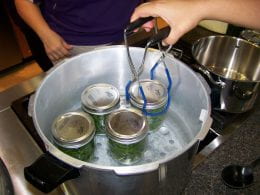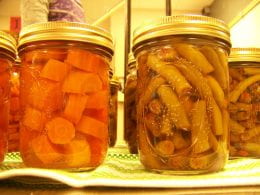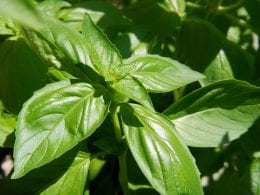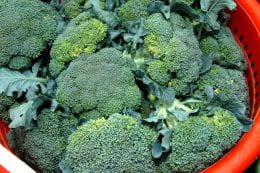 If you are new to taking your own animals to be processed, you may be surprised what you get after processing is done.
If you are new to taking your own animals to be processed, you may be surprised what you get after processing is done.
Changes occur when converting the live animal to a carcass. Even more changes occur to convert the carcass to a package of meat.
The dressing percentage, or yield, varies between animal species. Pork has the highest average dressing percentage of 70-75%. Beef averages 60-64% and lamb averages 54-59%. Loss factors include the animal blood, hide, internal organs, food in the animal stomach, and other factors.
To help guide you on what to expect before you take your animal to be processed, see these K-State Research and Extension publications:
- How Much Meat to Expect from Your Animal—MF3394
- Pork Processing Options for Consumers—MF3396
- Beef Processing Options for Consumers—MF3395
- Lamb Processing Options for Consumers—MF3397





